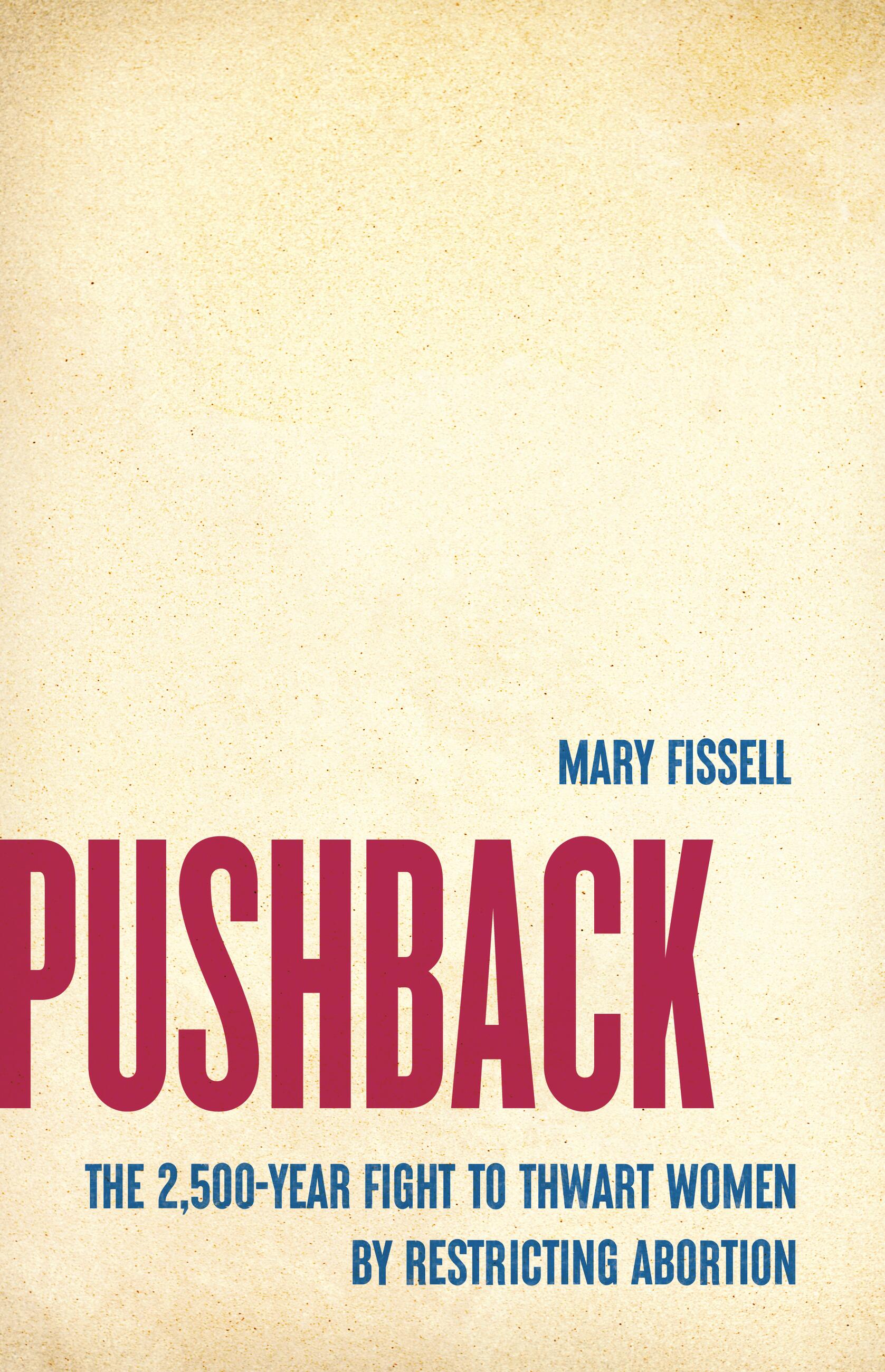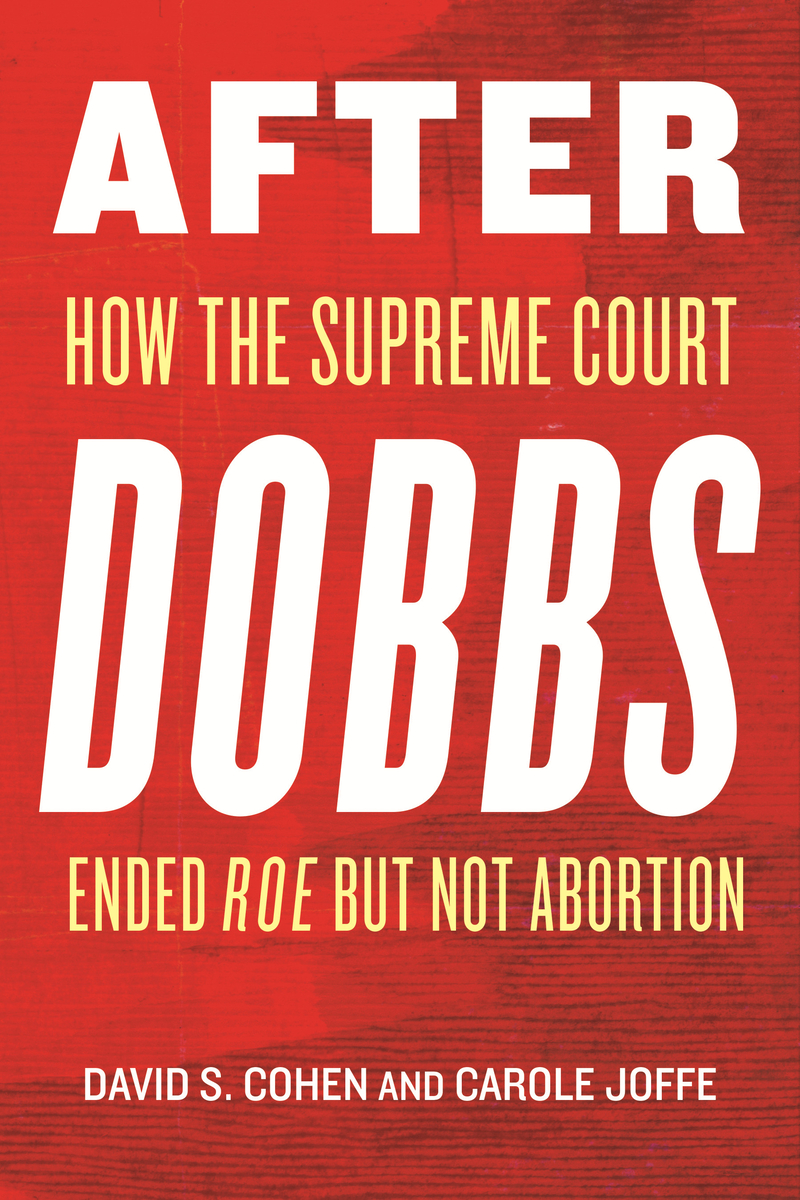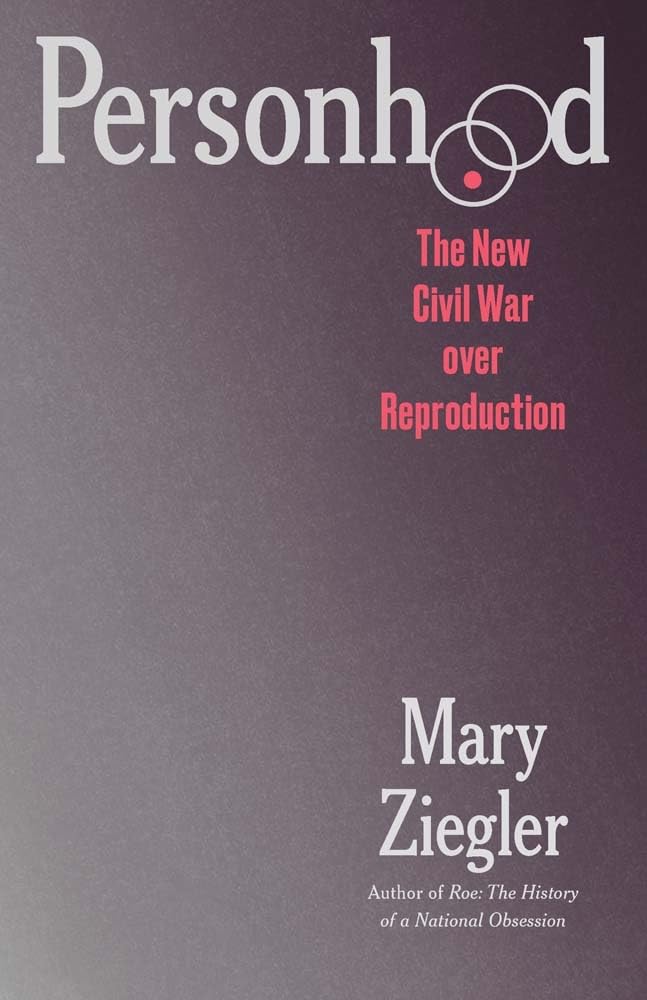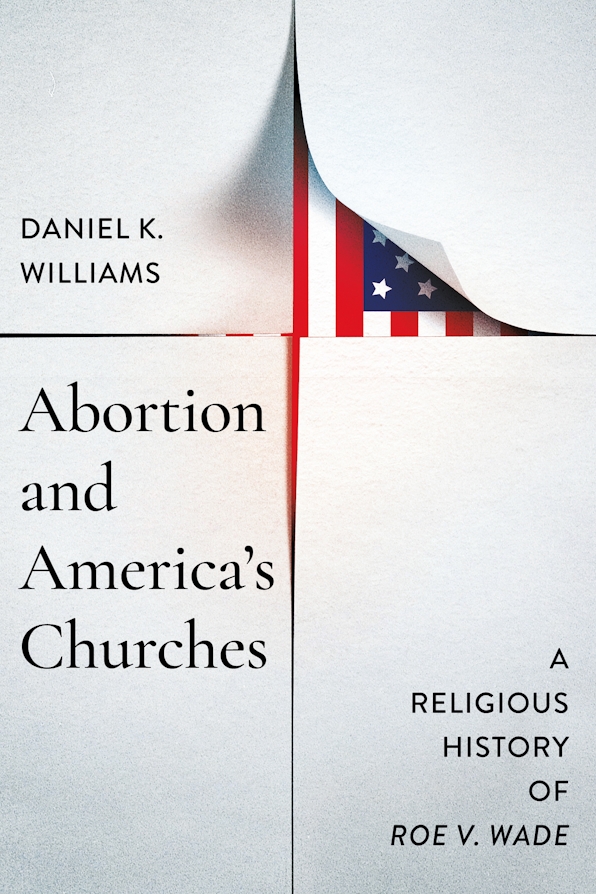“Abortion has long been an option for women, as far back in the historical record as we can see,” Mary Fissell, a historian of medicine at Johns Hopkins University, informs us at the start of Pushback: The 2,500-Year Fight to Thwart Women by Restricting Abortion, her eye-opening account of undesired pregnancy and its intentional termination across the millennia.
Imagine if Justice Samuel Alito’s majority opinion in Dobbs v. Jackson Women’s Health Organization (2022), in which the Supreme Court repudiated the right to abortion, began with those words instead of his presumptuous first sentence: “Abortion presents a profound moral issue on which Americans hold sharply conflicting views.” I say presumptuous because while Alito and the four justices who joined his opinion—all raised in the Catholic Church—no doubt do believe that abortion presents a “profound moral issue,” that is not a view shared by all Americans, many of whom believe that forcing a woman to carry a pregnancy to term is where the moral problem lies.
Of course, even if Alito had begun with Fissell’s words, the outcome in Dobbs would not have been different; these justices were going to find a way to overturn Roe v. Wade, which was, after all, what they had been put on the Court to do. But a gesture toward the real history of abortion instead of the cherry-picked history of its criminalization would have made for a more honest opinion. The fact is that women determined to end their pregnancies have rarely waited for the blessing of a legislature or a court. And in the absence of official permission, they are not likely to be deterred, as David Cohen and Carole Joffe document in After ‘Dobbs’: How the Supreme Court Ended ‘Roe’ but Not Abortion. Although in the immediate aftermath of Dobbs a dozen states banned abortion and six others erected daunting obstacles to accessing it (a number that has since increased), Cohen and Joffe point out that there are more abortions in the US today than there were when Roe was the law.
Fissell leaves no doubt that she supports the right to abortion, but taking on the Supreme Court is not her goal. Her project is deeper: she aims not only to unearth the history of abortion but to interrogate it. Abortion has always been with us: women in ancient Greece could avail themselves of more than one hundred plants known to induce miscarriage, and Benjamin Franklin’s 1748 printing of a medical self-help booklet that offered similar information went through at least twenty editions. Societal responses to the inescapable fact of abortion have varied widely over time, from a collective shrug to widespread tolerance despite nominal condemnation to prohibition with the full force of criminal law.
The question is, what accounts for the variation in attitudes toward abortion over the centuries, for the ebb and flow of women’s control over their reproductive lives? Fissell’s argument is that the history of abortion is in essence the history of women, with their access to abortion at any given time reflecting society’s expectation of their proper role. Restrictive periods tend to coincide with moments when women were stepping out of those assigned roles, and the new realities of their lives were running up against old expectations. “Abortion restriction has often been gender backlash,” Fissell writes.



